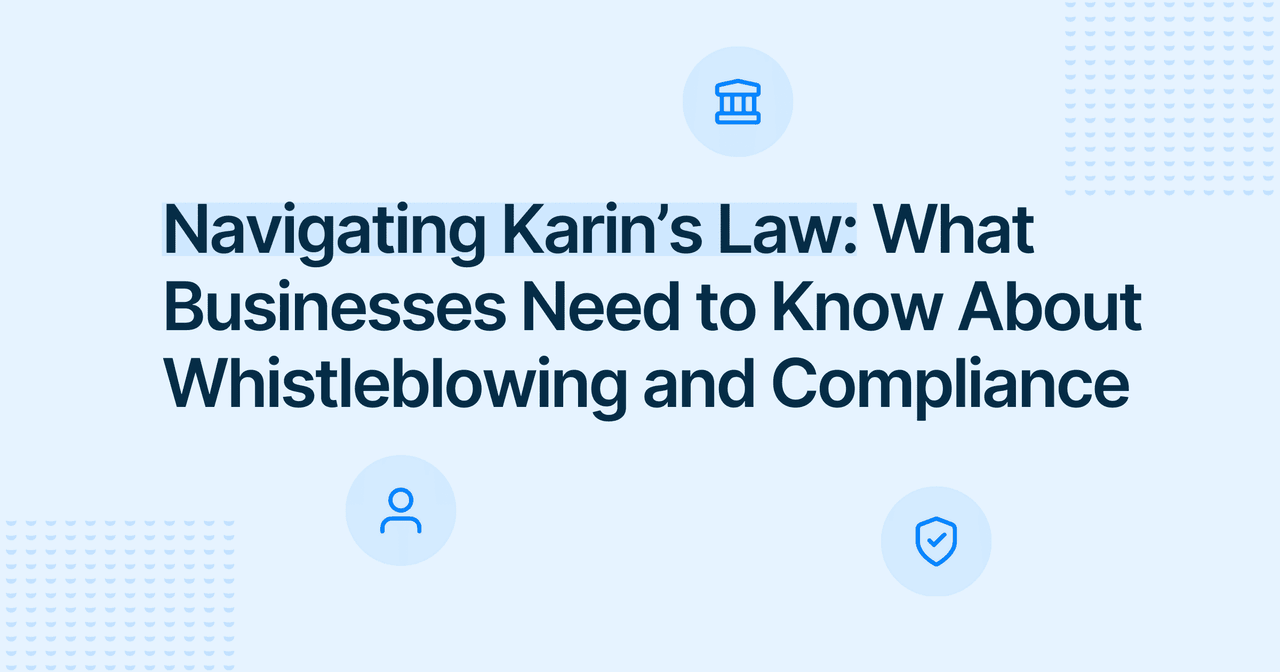




Employee Relations

Alaa El-Shaarawi
Copywriter and Content Manager
Published
2025-09-22
Reading time
6 min


Table of contents
Subscribe to our newsletter
It’s 9:00 AM. Your new hire arrives (or logs in) for their first day. By 9:15, they’re already frustrated: no laptop, no plan, and no sign of their manager. By 10:30, they’re questioning if joining your company was the right choice.
Now flip it. Same start time. But this time, there’s a personal welcome message, tech is ready, and a team member is waiting to guide them. By 10:30, they’re thinking: “I belong here.”
That’s the difference a thoughtfully designed onboarding process makes. It’s far more than just a formality. The onboarding experience is your first real opportunity to shape loyalty, engagement, and long-term performance.
Done wrong, it can cost you your best talent before they even find their rhythm. Done right, it inspires loyalty, strengthens culture, and delivers real ROI by turning new hires into engaged, high-performing team members.

This is FaceUp's playbook for employee onboarding best practices, so HR professionals, hiring managers, and team leads can create an onboarding programs that work.
We’ll cover:
A common mistake is treating employee onboarding and orientation as the same thing. They’re not. Mix them up, and new hires might reach the office, but they’ll be lost the moment they try to find their place on your team.

Think of new employee orientation vs onboarding like the difference between a handshake and a relationship. You need both for engagement, retention, and business success.
Onboarding without structure is like handing someone a map with no roads. A clear, personalized roadmap shows where to go, who to meet, and how to succeed, making a new hire’s onboarding experience smooth from day one.
This is what best-practice employee onboarding looks like: structured, supportive, and culture-rich.

The 5Cs, Compliance, Clarification, Culture, Connection, and Checkbacks/Confidence, cover everything new hires need to feel ready and valued. Think of them as a built-in onboarding checklist that helps guide HR leaders and managers.
Here’s how they fit into your roadmap:
| 5C | Roadmap Phase | Examples |
| Compliance | Preboarding | Contracts, IT setup, policy review |
| Clarification | First day & month | Clear agendas, role expectations, goal setting |
| Culture | All phases | Welcome videos, culture sessions, recognition |
| Connection | Preboarding & day 1 | Buddy assignments, mentorship, team intros |
| Checkbacks / Confidence | Month 1 to Day 90 | Regular check-ins, pulse surveys, mentorship |
Missing any “C” undermines the new hire experience. Use this framework to spot gaps and strengthen engagement from their first day onward.
Remote onboarding often fails when culture isn’t felt. Your job is to make it tangible anywhere.
FaceUp supports remote and hybrid teams with anonymous feedback channels and solutions that keep engagement high, no matter where employees work.

Every onboarding experience has a price tag. But the cost of poor onboarding is far greater than the average cost to onboard a new employee. Here’s what it looks like:
ROI of structured onboarding:
FaceUp helps HR leaders connect onboarding to measurable business outcomes through real-time sentiment tracking. Learn more in our guide on measuring employee engagement.
Measuring onboarding success makes sure your process delivers results. You can start with these core employee onboarding metrics:
FaceUp simplifies this with real-time sentiment data, AI summaries, and pulse survey tools, linking employee orientation and onboarding directly to ROI. Find out how much employee surveys really cost in our employee engagement surveys guide.
Checklists and training programs are essential, but they don’t guarantee culture, trust, or psychological safety, the heart of the employee experience. That’s where FaceUp adds real value:
Strong employee orientation and onboarding sends a clear message: “You belong here.”
FaceUp turns honest feedback into belonging, openness into trust, and engagement into a culture where people truly matter. Start setting up new hires for success with our New Employee Orientation Checklist.
The real test of onboarding isn’t just what happens on Day One. It’s how supported people feel in the days and months that follow.
At 9:00 AM, a new hire can either be lost in confusion or feel like they’ve found their place. The difference is a structured, transparent onboarding process that starts before day one, continues through the first 90 days, and invites honest feedback along the way.
When done right, onboarding becomes a competitive advantage: it reduces costly turnover, accelerates engagement, and sets employees up for long-term success. FaceUp helps you make that shift by giving every new hire a safe way to speak up, be heard, and feel like they belong.
Every lost new hire costs thousands. Every confident one builds your company’s future. Start strong. Build belonging. Turn onboarding into the reason people stay. Try FaceUp for free today.





Keep Reading

Alaa El-Shaarawi2025-12-197 min
Workplace Environment

Marie Roland2025-12-165 min
Whistleblowing

Alaa El-Shaarawi2025-12-087 min
Workplace Environment

Alaa El-Shaarawi2025-12-058 min
Legal & Compliance